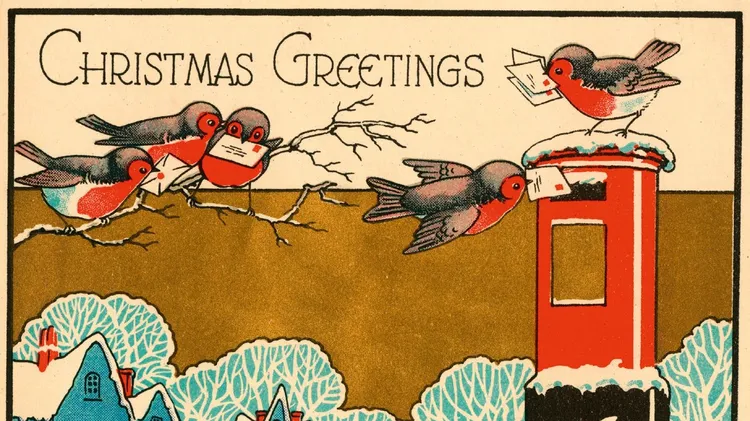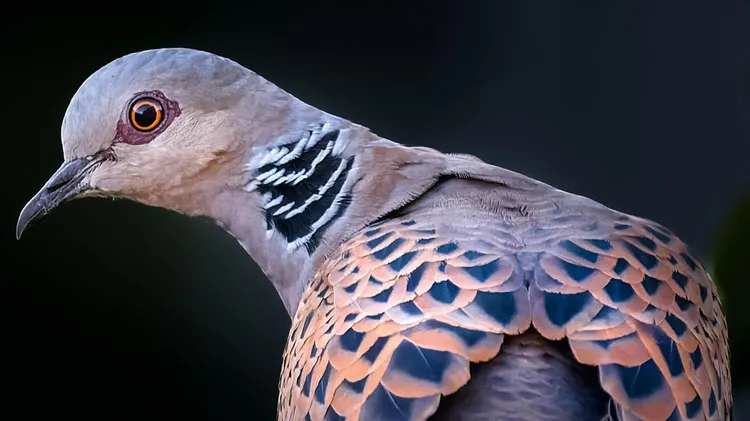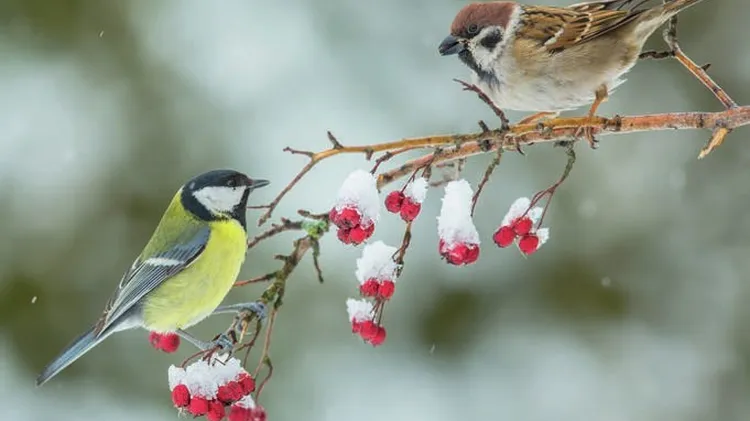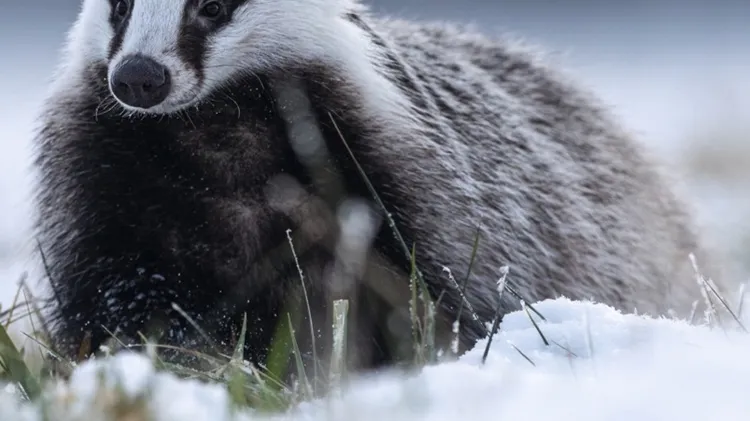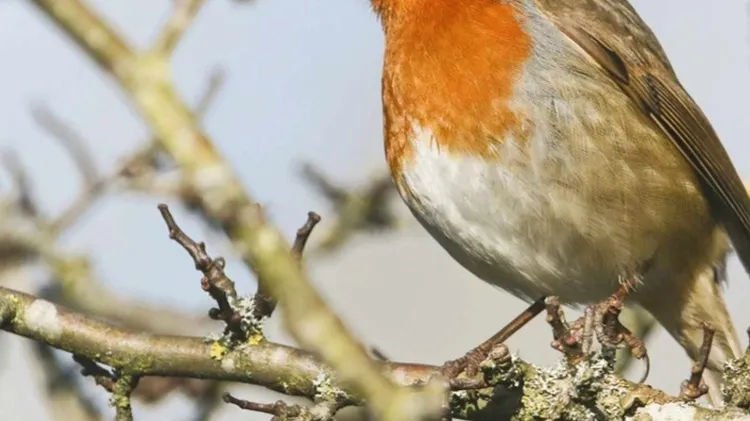Grebes are consummate waterbirds that really don’t like the land.
Id guide: grebes
2 min read
This article is from...
Read this article and 8000+ more magazines and newspapers on Readly

